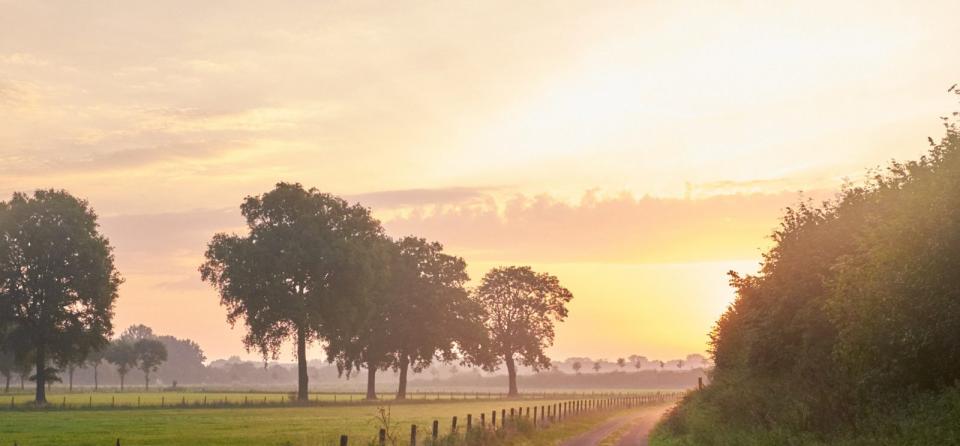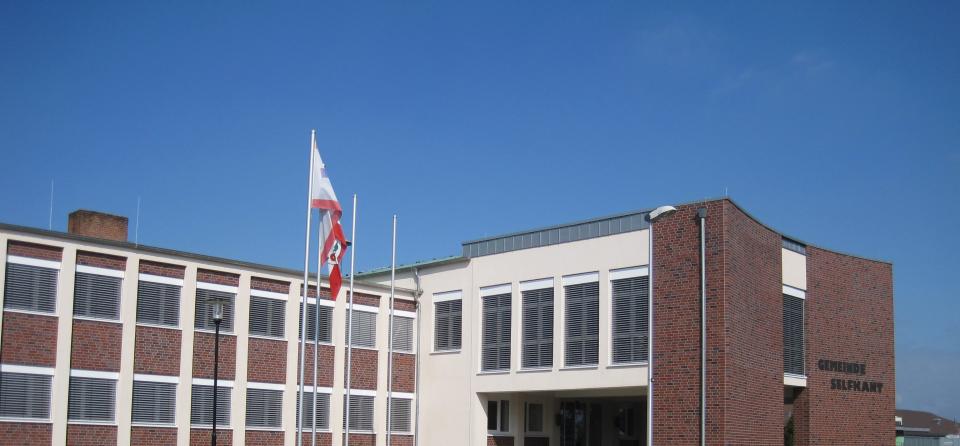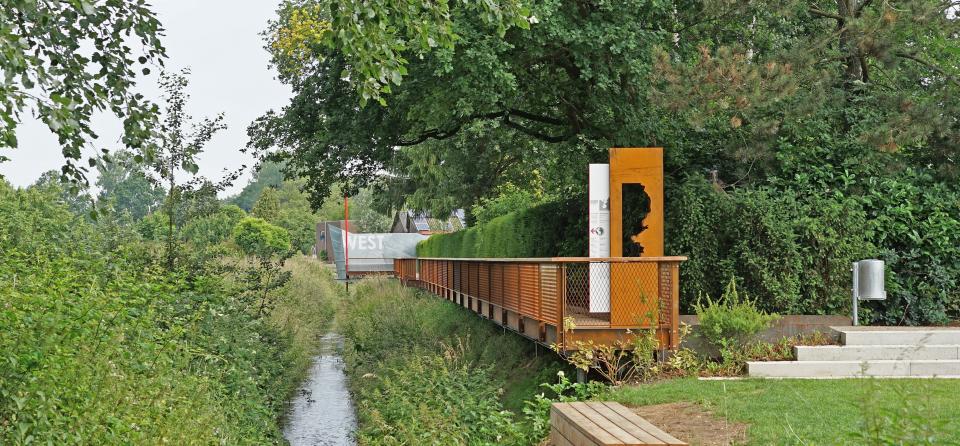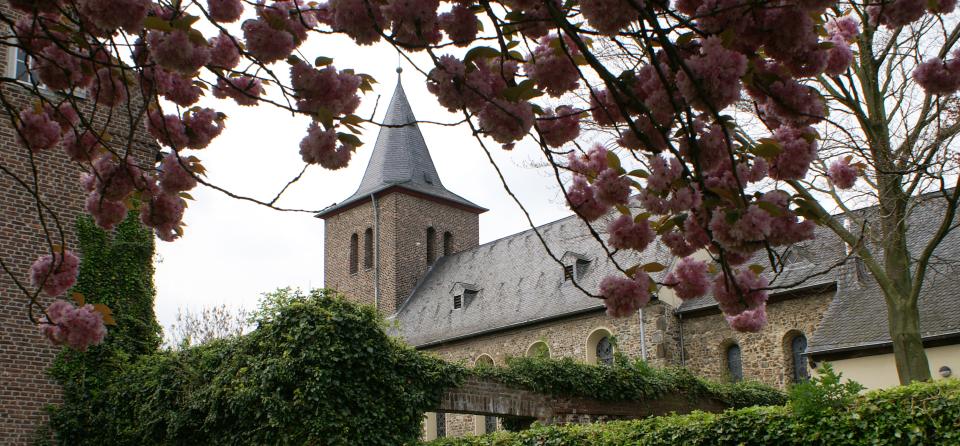Selfkant
Member of the German National Network
Selfkant, as the most western municipality of Germany, is located in the region where the Netherlands, Belgium and Germany meet. The Cittaslow communities of Echt-Susteren (Netherlands), Maaseik (Belgium) and Selfkant (Germany) will now form a three-country sustainability region in which the quality of life is to be improved across borders and a careful further development of the communities is to be striven for.
Selfkant is located between the rivers Rhine and Maas. Its border with the Netherlands is 27 kilometres long, whereas the connection with the Federal Republic is only 6 km wide. The western tip of the municipality of Selfkant approaches except for 6.5 km the river Maas. 12 villages form the municipality of Selfkant on an area of 41.890 square kilometres.
The municipality of Selfkant has only existed in its present form for a relatively short time. On 1st August 1969, the previously independent municipalities of Havert, Hillensberg, Höngen, Millen, Saeffelen, Süsterseel, Tüddern and Wehr merged to form the new municipality of Selfkant. The origin of the name comes from the eponymous landscape „am Saeffel“.
After the Congress of Vienna in 1815, Selfkant was annexed to the Prussian Rhine Province. At the same time, the border to the neighbouring Netherlands was established and remained in place until 23 April 1949. Due to Dutch territorial claims as compensation for the war damages, the area was placed under Dutch contract administration on 23rd April 1949, in accordance with the final declaration of the German Conference in London.
In March 1957 was the start of lengthy, official negotiations between the Netherlands and the Federal Republic of Germany on the restitution of the territory. On 1st of August 1963 was the re-incorporation of Selfkant into the Federal Republic of Germany.
Our unique touristical attraction is the „Westlichster Punkt“, the most westerly point of Germany. Actually, the truly most westerly point is in the middle of the little river Rodebach. A footbridge about 200 metres long leads visitors, even with a pram or a wheelchair, to where the actual westernmost point of the Federal Republic is marked. A cycle path to the Dutch neighbours was also created. This includes another attraction on the other side of the border: "Het smalste Stukje Nederland", the narrowest point in the Netherlands.
Cycling is very characteristical for Selfkant. We developed themed cycle routes with associated flyers together with the Dutch municipality of Echt-Susteren and the Belgian city of Maaseik. As well our guests can put their own bike tours together using the junction system. (Cycling by numbers, also to NL and BE). The individual towns in the municipality are connected to one another by economic and cycle paths.
Selfkant is also very suitable for hiking. Different tours are available in the region.
Another interesting touristical highlight ist he historical centre of Millen. Impressive witnesses of the past are the churches, the provostry and the tithe barn. The church of St. Nicholas is one of the most valuable buildings in the region in terms of art history. The choir and apse even date from around the turn of the millennium.
A unique collection of old treasures is hidden behind the doors of the Selfkant Farmers' Museum in Tüddern. From old tractors to grandmother's farmhouse kitchen, you can see a piece of local history here.
As examples for nature projects in our municipality we can mention the numerous meadow orchards which have been created through various funding programs as well as extensive renaturation measures, e.g. at our streams Saeffelbach and Rodebach.
Homegrown fruit and vegetables are sold in the respective farm shops. In addition, the products are offered at stalls distributed throughout the municipality, as well as in the large supermarkets.
Selfkant is also part of the Western tip region. This is a merger of the city of Heinsberg with the municipalities of Gangelt, Selfkant and Waldfeucht as the westernmost region in Germany. A wide variety of (citizen) projects can be initialised and realised that make a positive contribution to the regional development strategy of the Western tip region.
And last but not least Selfkant is also a member of the Zipfelbund and therefore offer the Zipfelpass. The Zipfelbund is a partnership with the cities of List, Görlitz and Oberstdorf, which together present the outermost corners of Germany.
Homepage: www.selfkant.de
E-Mail: sara.conen@selfkant.de
Homepage partner slow food: https://www.spargelhof-hensgens.de/
